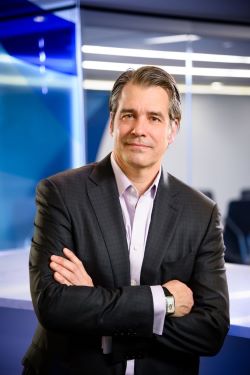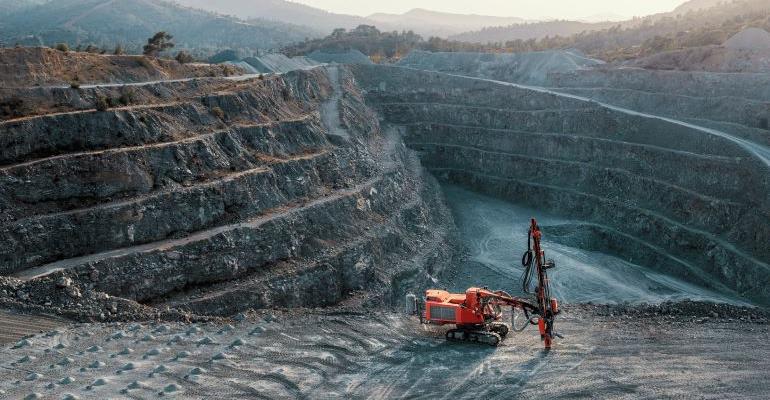One of the chief lobbyists for the auto industry warns that proposed rules from the Environmental Protection Agency mandating two-thirds of new vehicles sold be battery-electric vehicles by 2032 risks driving the industry deeper into the arms of China, and that the industry should not count on future revisions of the rule.
John Bozzella, CEO and president of The Alliance for Automotive Innovation, which has been critical of the proposed rule expected to become permanent, says neither charging infrastructure nor the BEV supply chain is progressing at a pace that would support the level of BEV adoption targeted by the federal government.
“Do we have sufficient infrastructure? Sufficient raw materials and minerals for the (battery) supply chain? Do we have a resilient power grid adequate to handle this transformation? I don’t think so,” says Bozzella in an interview with Wards.
The possibility that policymakers and subsequent White House administrations will alter rules, if it becomes clear that the BEV supply chain is not developing fast enough in the U.S. and among friendly nations, is unlikely. “That’s not the way the process works, so I don’t think we should expect that to happen,” he says.
Bozzella, whose organization represents 41 automakers and suppliers, is quick to point out that Washington has been passing legislation to invest in infrastructure and the supply chain, such as the Chips and Science Act, the Bipartisan Infrastructure Act and the Inflation Reduction Act. But he says there are key elements of these investments that industry experts warn will take more years to deploy than policymakers want to acknowledge.

John Bozella, CEO and President of The Alliance For Automotive Innovation.
It takes at least 10 years, for example, for lithium mines to go from opening to providing lithium for battery production. Sufficient public charging infrastructure, especially in urban settings, will take five-to- 10 years to ramp up, which can have the effect of delaying consumer adoption.
“Right now, the whole critical supply chain runs through China,” says Bozzella. For example, according to numerous industry sources studying the supply chain, around 90% of the two leading components in a battery – the anode and cathode – will be produced by China, because of how long it takes for a new supply chain to develop and stabilize to handle the volume of BEVs targeted.
There is a balance to be struck, Bozzella says, between continuing an aggressive level of regulation to keep the sense of urgency on the industry, but not so aggressive that “we reward China instead of focusing on sustained job creation in the U.S. around this transformation to electrified vehicles.”
The regulatory challenge on the auto industry over the next 10 years is “breathtaking,” Bozella says.
The environmental lobby so far has been carrying the day on mandates.
“The proposed rules are critically important for combating the climate crisis,” says Gregory Dotson, professor and head of the Energy Law and Policy Project at the University of Oregon. “Transportation is now the single-largest source of greenhouse gas emissions in the United States. And light-duty vehicles are the single-largest portion of transportation in the country. This is the largest move in the history of our federal government to promote zero-emission vehicles.”
In 2022, 7% of new U.S. light-duty vehicle sales were electric, trailing California (20%), the European Union (23%), the United Kingdom (23%) and China (28%). The EPA’s proposal is designed help the U.S. catch up to global leaders in terms of BEV targets as early as in 2027.
But there is more to hitting mandates than producing BEVs. “One thing I know for sure is that our members can build the number of BEVs targeted, but there are supply chain and infrastructure issues that are not in their control,” says Bozzella.
Increasingly, automakers are trying to have more influence on these issues. Automakers like GM, Volkswagen and Mercedes-Benz are making investments in public charging, and more recently a consortium of seven automakers have banded together to install at least 30,000 fast chargers in North America. Automakers are investing in lithium mines as well.
Yet, estimates say the U.S. will need one million public fast chargers to support the EPA target by 2032.





